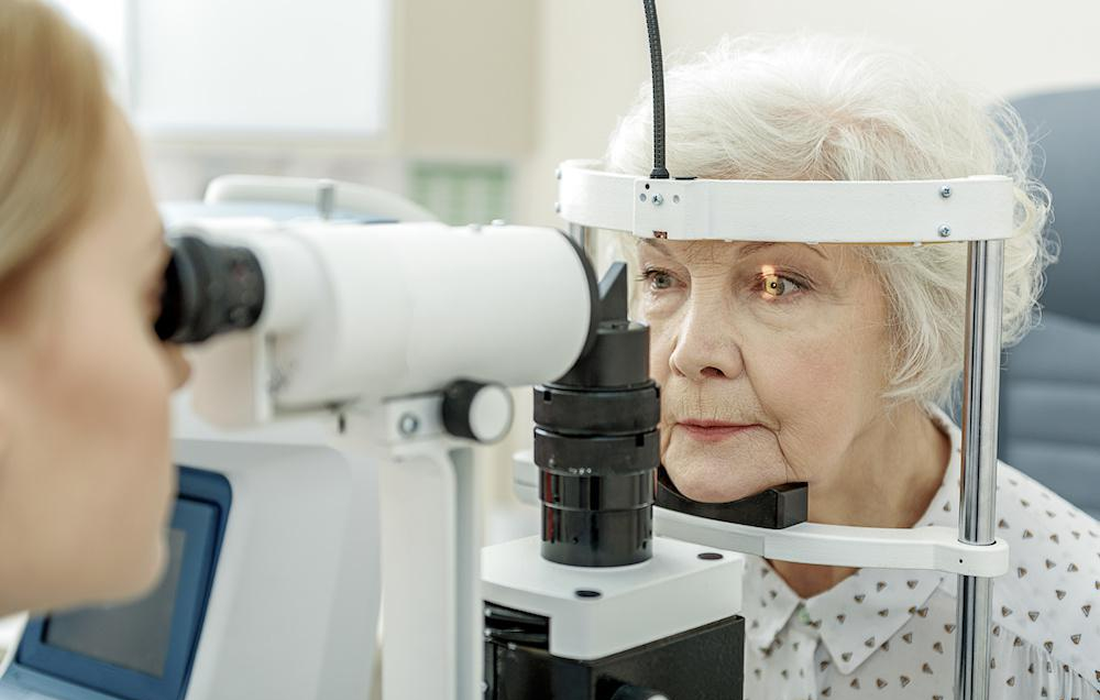Obesity affects more than 41% of all adults in the U.S. and increases the risk of heart disease, stroke, diabetes, and certain types of cancer. Most treatments for obesity focus on eating habits and physical activity. Scientists have long known that serotonin, a chemical messenger found throughout the brain and body, plays a key role […]
Author Archives: Gabriel Piña, MD
Age-related macular degeneration (AMD or ARMD) is the most common cause of irreversible vision loss in the developed world. AMD is associated with the presence of drusen, without visual loss early in the disease. However, the disease often slowly progresses over years to retinal atrophy and central retinal degeneration with associated loss of central vision. […]
Heart failure is a progressive condition in which the heart loses its ability to pump enough blood to meet the body’s needs. It’s one of the most common causes of disability and death in developed countries, with more than 6 million adults living with heart failure in the U.S. alone, according to the Centers for […]
Over the past decades, the incidence of chronic inflammatory disorders such as autoimmune and type 2 allergic diseases has increased worldwide. A growing body of evidence indicates that this rapid and relatively recent onset of allergic epidemics is the consequence of environmental and behavioral changes collectively known as the “westernized lifestyle” More recently, it was […]
Dementia is considered a major neurocognitive disorder, in which a deficit in cognitive functioning is acquired rather than developmental. Dementia is most common in elderly individuals, with advancing age being the strongest risk factor. There are many types of this condition such as Alzheimer Dementia (AD) and Vascular Dementia (VD) , among others of all-cause […]
Obesity is the most prevalent nutritional disorder among children and adolescents in the United States. Approximately 21-24% of American children and adolescents are overweight, and another 16-18% is obese; the prevalence of obesity is highest among specific ethnic groups. Childhood obesity predisposes to insulin resistance and type 2 diabetes, hypertension, hyperlipidemia, liver and renal disease, […]
Migraine headache is a complex, recurrent headache disorder that is one of the most common complaints in medicine. In the United States, more than 30 million people have 1 or more migraine headaches per year. Migraine was previously considered to be a vascular phenomenon that resulted from intracranial vasoconstriction followed by rebound vasodilation. Currently, however, […]
Herpes simplex virus (HSV) types 1 and 2 are widespread and important human pathogens, causing oral and genital ulcers, neonatal herpes, and increasing the risk of acquiring HIV. After primary infection at the skin or mucosa, HSV establishes lifelong latency in both sensory and autonomic neurons of the peripheral nervous system. HSV can subsequently reactivate […]
According to the American Psychiatric Association, anxiety disorders are the most common type of psychiatric disorders.Many patients with anxiety disorders experience physical symptoms related to anxiety and subsequently visit their primary care providers. The lifetime prevalence of anxiety disorders among American adults is 28.8%. Anxiety disorders appear to be caused by an interaction of biopsychosocial […]
Amyotrophic lateral sclerosis (ALS) involves progressive motor neuron loss, leading to paralysis and death typically within 3–5 years of diagnosis. Dysfunctional astrocytes may contribute to disease and glial cell line-derived neurotrophic factor (GDNF) can be protective. GDNF is a potent growth factor for dopamine and motor neurons; however, it cannot cross the blood–brain barrier. New […]










